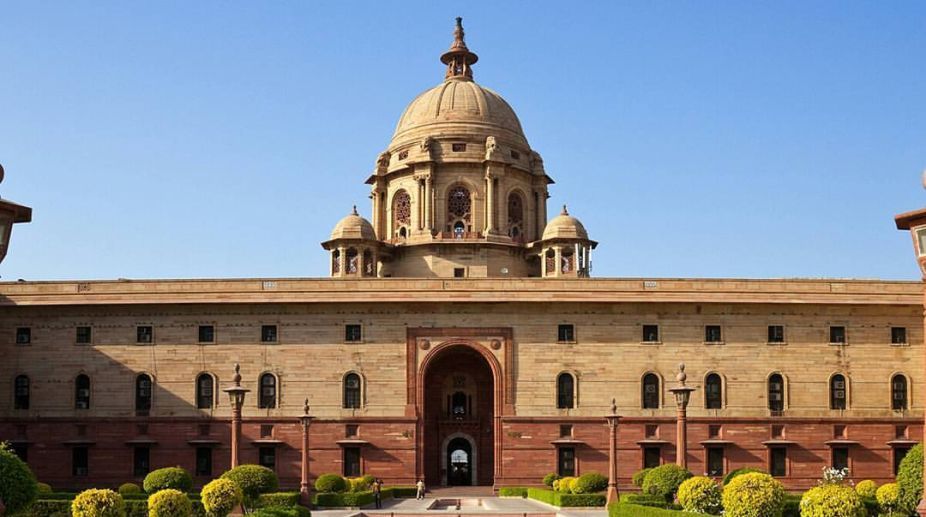The government has set up a new wing to provide intelligence inputs and do big data analytics for taxmen for better policy formulation and taking action against tax evaders.
The Directorate General of Analytics and Risk Management (DGARM) will be under the Central Board of Excise and Customs (CBEC), mainly to use internal and external sources for detailed data mining to generate actionable inputs, the revenue department said in an office memorandum.
Advertisement
The DGARM, which was set up on July 1 coinciding with the rollout of the Goods and Services Tax (GST), has four verticals headed by an official of rank of additional director general (ADG) or principal ADG.
It will function as an apex body of CBEC for data analytics and risk management and will report to the chairman, CBEC.
Incidentally, the CBEC is to be renamed as the Central Board of Indirect Taxes and Customs (CBIC) after excise duty along with service tax and a dozen other central and state levies were subsumed into GST.
“The data analytics and processing coupled with intelligence inputs would inter-alia provide the CBEC the national and sub-national perspective for policy formulation. The field formations of CBEC are also expected to gainfully and effectively utilise the data and other inputs shared by the DGARM,” the memorandum said.
As part of the DGARM, a National Targeting Centre has been set up, which is responsible for application of a nationally coordinated approach to risk analysis and targeting of risky goods and passengers crossing the borders of the country.
“It shall provide 247 operational risk interdiction supports to field formations of the CBIC,” it said.
The centre in question will institutionalise coordination with other government departments and other stakeholders for sharing databases, information, intelligence and reports to build risk profile of entities.
Also, a 'Centre for Business Intelligence and Analytics' (CBIA) has been set up that will be responsible for identification of information requirements of the CBEC. It will utilise data feeds from internal sources.
The CBIA shall be responsible for providing analytical inputs to support identification, targeting and risk management functions of the National Targeting Centre, the Risk Management Centre for Goods and Services Tax and the Risk Management Centre for Customs.
The third vertical of the DGARM is the 'Risk Management Centre for Goods and Services Tax' which will institutionalise mechanism to collect necessary inputs, adopt coordinated approach and share the outcome for risk-based identification for the purpose of scrutiny, audit and enforcement functions.
Besides, the 'Risk Management Centre for Customs' will be responsible for assessment and targeting of risky cargo crossing the borders through sea, air and land.
The DGARM will do detailed data mining and analysis to generate outputs for focused and targeted action by field formations and investigation wings of the CBEC.
It will, in conjunction with DG Systems, organise, evaluate and interpret data for effective, efficient and targeted policy formulation and revenue administration, the memorandum stated.
Through these four verticals, the DGARM will work in close coordination with the Directorate General of Systems and the Data Management Directorate General of Revenue Intelligence, the Directorate General of Goods and Services Tax Intelligence, the Directorate General of Audit and Directorate General of Valuation.









